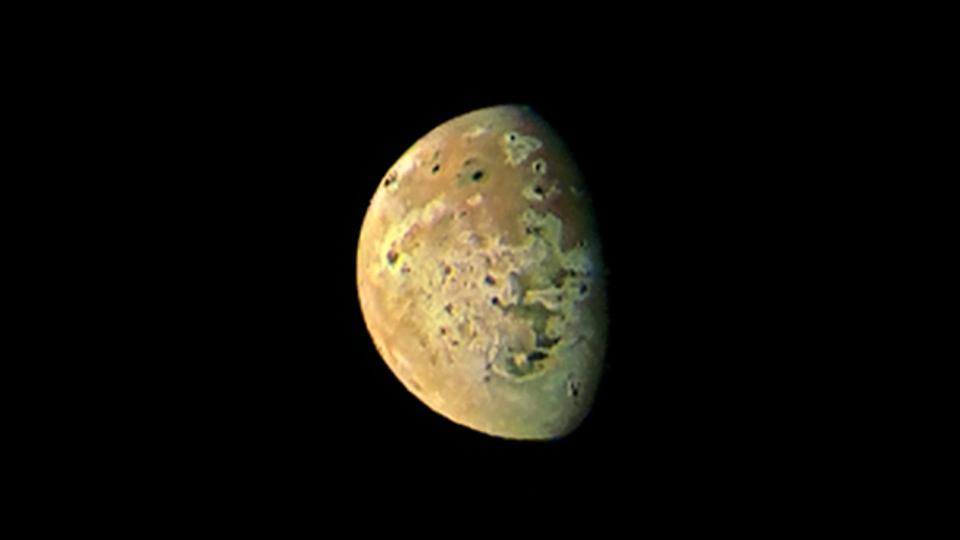A NASA spacecraft currently orbiting Jupiter has sent back an exciting batch of close-up images of its moon Io.
Io, the most volcanic place in the entire solar system, was imaged five times by NASA probe Juno from while it was between 50-65,000 miles away.
That’s closer than any spacecraft has got to Io for 20 years, since NASA’s Galileo spacecraft orbited Jupiter.
The images here have all been created by a team of citizen scientists working on data downloaded from Juno after its 49th close flyby (perijove) of Jupiter on March 1, 2023.
Over the course of 2023 Juno will get much closer to Io culminating in December 2023 and February 2024 when it will take images from just 930 above its pock-marked surface. Juno now orbits Jupiter every 38 days.
The images were taken JunoCAM, the spacecraft’s two-megapixel camera. In recent months it has suffered from overheating, with only 44 of the planned 214 images taken during its last perijove.
Overheating was also to blame for a long delay in image data being sent back to Earth after the previous perijove. However, these new images suggest JunoCAM is healthy once again.
The innermost giant moon of Jupiter, Io is thought to be home to an underground ocean of magma. It’s hoped these new images and experiments conducted during the flyby will shed light on whether the magma is distributed in patches or globally.
The eruptions on Io are orders of magnitude bigger than volcanic eruptions on Earth.
Io is also thought to be the best place understand tidal heating. It’s in a constant gravitational tug-of-war with Jupiter and the giant planet’s three other big moons. It’s thought that the constant stretching and squishing as ot orbits every 42 days causes frictional tidal heating so great that an ocean of magma is created under the surface.
Juno’s next and 51st perijiove at Jupiter will occur on May 16, 2023.
Wishing you clear skies and wide eyes.

